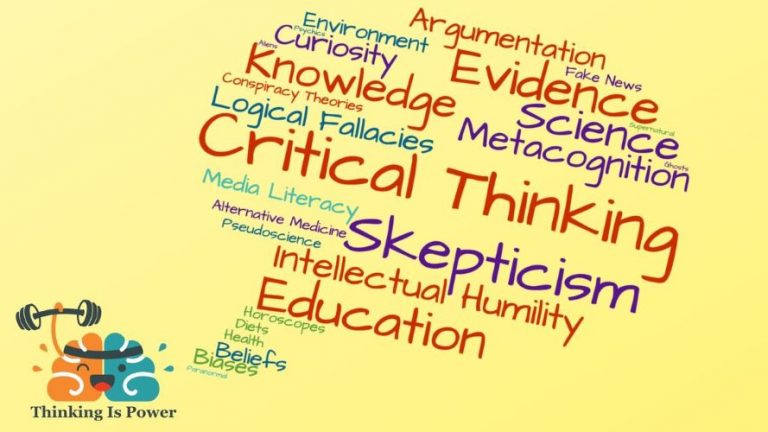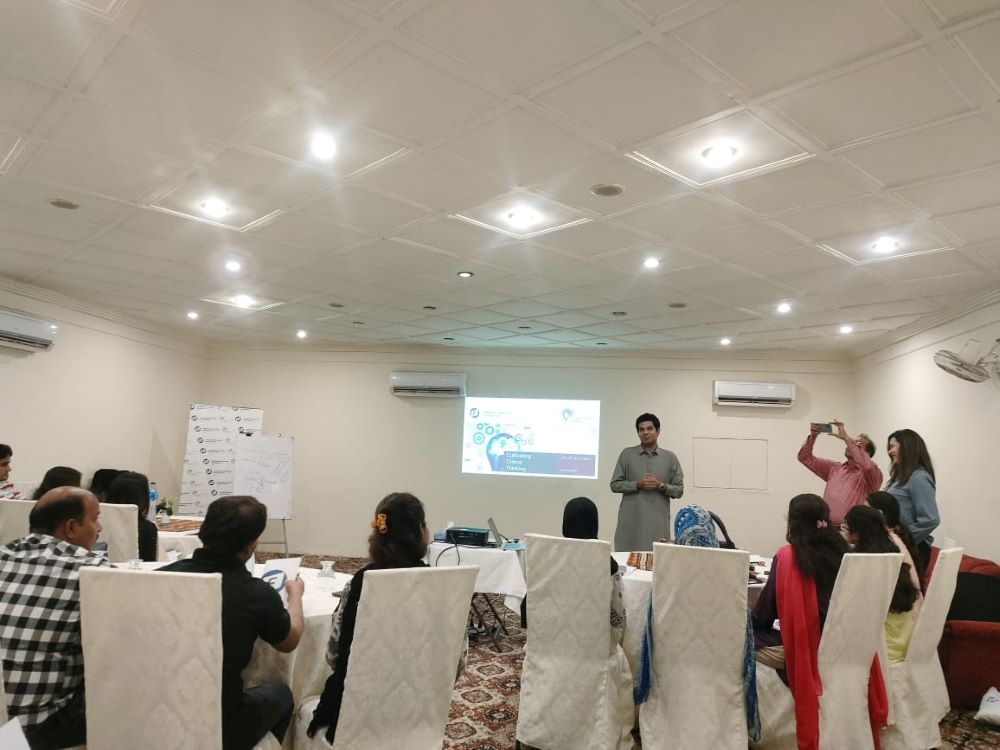
It is important to think critically, as it can be applied in both personal and professional settings
Sidra Shaikh
“If you are not employing critical thinking you’re using memory. If you are not using memory, you are using emotions”
In today’s world, we are highly attached to social media that has both positive and negative effects, depending on what we consume. Social media provides us with a vast amount of information and we often rely on it without verifying its accuracy. We have become accustomed to solving many problems with just a few clicks on social media.
Another problem with us is that we tend to believe things we hear without verifying them, which can lead to stereotypes and snap judgments. We often make judgments about people or situations without considering all angles of the issue.
For example, a few days ago, Dr. Tahira Kazmi wrote an article in which she discussed the use of the word ‘tribal’ and how it was being used in a different context than its original meaning. Due to the common use of the word ‘tribal’, the article was interpreted to be referring to Pashtun tribes. However, both the author and the organization had no intention of targeting any specific tribe or group. The word ‘tribal’ was used in a general sense in the article.
It is important to be conscious of these tendencies, as half-truths can be as harmful as outright lies, and believing all this without critical thinking would prove disastrous for the society.
I had the opportunity to attend a two-day workshop on cultivating critical thinking, organized by the Friedrich Naumann Foundation (FNF) on 24 and 25 June. The purpose of this workshop was to introduce participants to the concept of critical thinking and to highlight its importance.
 The FNF has been working in Pakistan since 1986 and is known for organizing workshops and other events for promoting liberal values and critical thinking skills. They want people to realize the objective of their lives. They promote a social and political environment where every individual can become the pilot of his/her lives.
The FNF has been working in Pakistan since 1986 and is known for organizing workshops and other events for promoting liberal values and critical thinking skills. They want people to realize the objective of their lives. They promote a social and political environment where every individual can become the pilot of his/her lives.
The workshops began with a discussion on critical thinking. We talked about what critical thinking is, why it is important to think critically, and how critical thinking can be applied in both personal and professional settings.
The lack of critical thinking in students may be due to several factors such as the education system, the way students are taught, and the emphasis on memorization rather than critical thinking skills.
The first session was about breaking stereotypes. We were shown a pictorial example of a female fire-fighter who managed an accidental situation involving a father and son. The purpose of the example was to explain to us that we should break the stereotype in our mind that only men can be fire-fighters, and that women can also be fire-fighters.
We also discussed other stereotypes in our society such as “boys don’t cry,” “pink is a feminine color,” and “women can’t drive.”
Stereotypes are nothing but the barriers. Anything you can’t prove or a factual ground is a stereotype. And I believe that stereotypes act as a barrier to our intellectual and personal growth, as well as societal growth.
We had a practical exercise where all participants were asked to share any memory, incident, or trauma in writing, which would be kept confidential and not shared with anyone. The purpose of the exercise was to help participants realize that some experiences can be difficult to put into words, or we may not have the courage to write about them. However, it is still important to consciously acknowledge and reflect on these experiences.
Let me share a reading and thinking base exercise which is Six Hats of Thinking, a theory by Edward de Bono.
Edward de Bono, a psychologist and creativity expert, developed the concept of the Six Thinking Hats. He introduced the concept in his 1985 book titled ‘Six Thinking Hats’. Since then, it has become a widely recognized and applied technique in various fields, including business, education and problem solving processes while seeing the traditional thinking processes which often lacked structure and didn’t effectively utilize different perspectives:
- The White Hat represents objective and factual thinking.
- The Red Hat is for expressing emotions and intuitions. without the need for justification or explanation.
- The Black Hat promotes critical thinking and caution.
- The Yellow Hat encourages optimistic and positive thinking.
- The Green Hat stimulates creative and innovative thinking.
- The Blue Hat serves as the control mechanism, managing time and ensuring effective use of the other thinking hats.
When we had done with the all six hats I figured out that I am the red hat thinking person.
There is no doubt that each hat is uniquely and effectively described by the Edward de Bono and provided structure and encourage different viewpoints.
He believed that by deliberately adopting different thinking styles or ‘hats’, individuals and teams could overcome biases, explore diverse perspectives, and make more effective decisions.
 I found the discussion on ‘Misinformation and Disinformation in the context of Mental Health’ by Ms. Beena Khan, a Multimedia Journalist, very informative. She explained how misinformation and disinformation can negatively affect the mental health of an individual or a group. She also showed us some pictures and asked us to explain what they were demonstrating and what their purpose was.
I found the discussion on ‘Misinformation and Disinformation in the context of Mental Health’ by Ms. Beena Khan, a Multimedia Journalist, very informative. She explained how misinformation and disinformation can negatively affect the mental health of an individual or a group. She also showed us some pictures and asked us to explain what they were demonstrating and what their purpose was.
It was defined that Misinformation is the Information that is incorrect and Mal-information is some information based on reality but is used to harm a person, organization, and country while Disinformation is false information intentionally disseminated to deliberately confuse or mislead. It is intentional misinformation. They all create a frenzy environment
Misinformation or disinformation can be understood as fake news that spreads about an organization, company or individual. This fake news can have a negative impact on mental health, which can then have a negative impact on physical health. The result of this can be that the affected person either commits suicide or becomes isolated, which is a detrimental disease.
The workshop also discussed Social Exclusion that refers to the situation where certain individuals or groups are left out of society or its activities. It can be caused by a number of factors, including economic inequality, social norms and stereotypes, lack of social support, and stigma. For example, if someone is poor, they may be excluded from certain opportunities due to their financial situation. Similarly, if someone has a mental illness or criminal record, they may be stigmatized and excluded from social activities. Social exclusion can have negative effects on the individuals who experience it, as well as on society as a whole.
Ms. Ross Mahtani, Member Minority Rights Committee of Sindh Human Rights Commission also spoke at the workshop.
_________________
 Sidra Shaikh is BS third-Year student of anthropology at the Department of Anthropology and Archaeology, University of Sindh, Jamshoro, Sindh Pakistan.
Sidra Shaikh is BS third-Year student of anthropology at the Department of Anthropology and Archaeology, University of Sindh, Jamshoro, Sindh Pakistan.
clockgen +как разогнать процессор – clockgen windows 10, clockgen разгон процессора